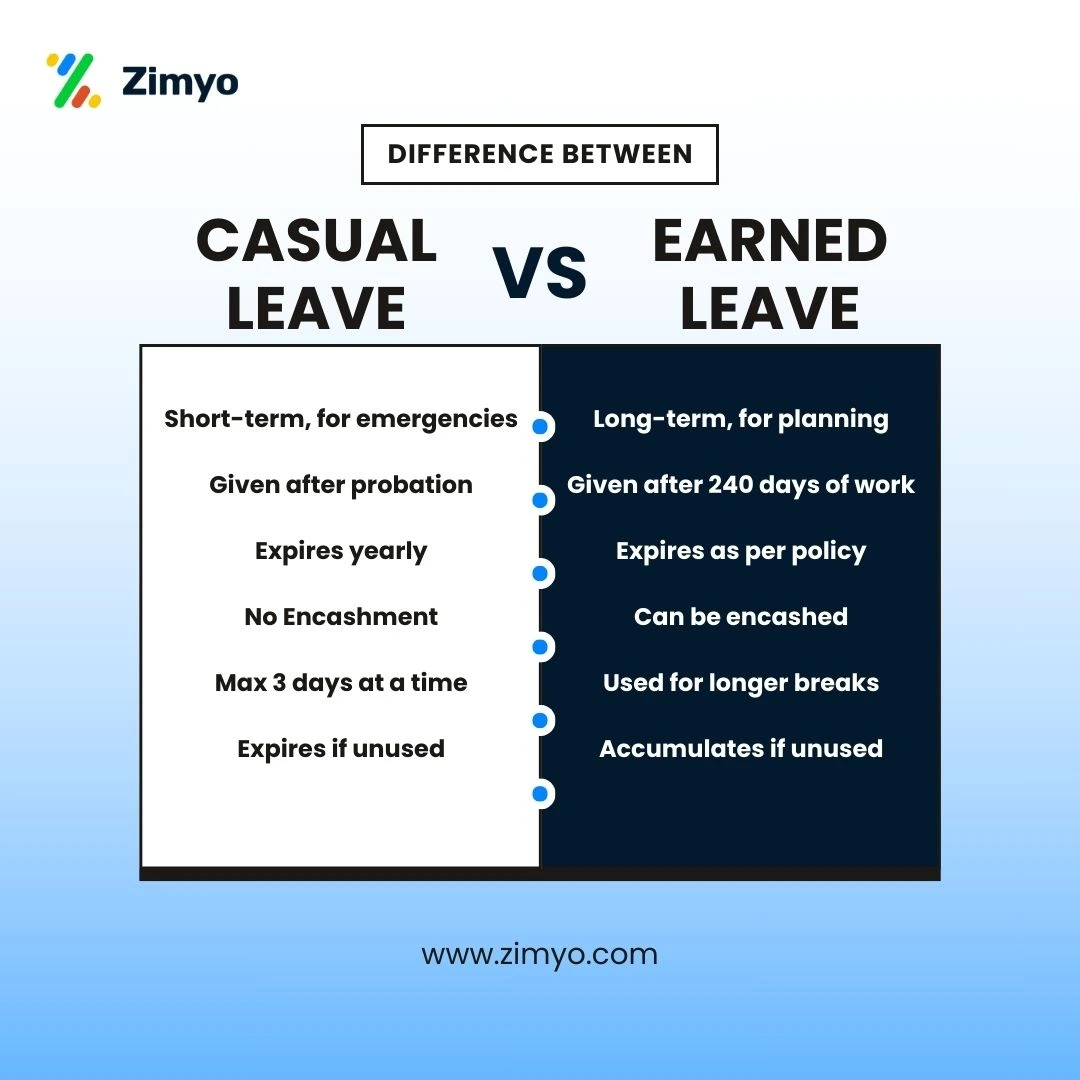Introduction to CL
Ever wondered what casual leave CL is and how it works? Whether you’re an employee or an employer, understanding CL is essential. It allows employees to take time off for unplanned situations or personal reasons without worrying about salary deductions. But how many casual annual leave days do you get? Can you carry them forward? Let’s explore everything about CL in this blog!
What is Casual Leave?
Casual leave is a type of leave granted to employees for short-term personal reasons, such as emergencies, household tasks, or medical appointments. Unlike earned leave, CL cannot be carried forward or redeemed.
Most companies allow employees to take casual leave as paid leave after they complete their probation period. However, approval is usually required before taking leave, except in emergencies.
Casual Leave CL Rules
Here are some key rules regarding casual leave:
- Non-transferable: Employees cannot transfer CL to next year.
- No encashment: Unlike earned leave, CL cannot be redeemed or encashed.
- Usage limit: Employees can take CL for a minimum of half a day and a maximum of three days at a time.
- Approval needed: If an employee wants to take all three days at once, prior approval is required.
- Shops and Establishments Act: If the company is registered under this act, employees are entitled to six days of CL.
- No combination with other leaves: Employees cannot combine CL with earned leave or sick leave.
- Proportional allocation: New employees or those resigning receive CL in proportion to their service duration. For example, if an employee joins on July 1, they will get half of the total CL for that year.
Types of Casual Leave
1. Half Day Casual Leave
Sometimes, employees don’t need a full day off. Half day leave lets them take time off for part of the day. They can choose to leave during either the first half or second half of their working hours.
Example: Going to a doctor’s appointment, attending a parent-teacher meeting, or visiting a bank.
2. One Day Casual Leave
A single casual leave day is the most common type. Employees use it for personal tasks or simply to take a short break.
Example: Managing household chores, attending a family event, or running urgent errands.
Key Details About Casual Leave Rules
- Purpose: Used for personal tasks, family matters, or emergencies.
- Duration: Ranges from a few hours to a few days, depending on company leave policy.
- Approval Process: Usually requires approval from a manager or HR department.
- Paid Leave: Employees receive their salary while on CL.
- Restrictions: Companies may limit CL usage during peak business periods.
- Carryover Policy: Some companies allow carrying forward leave, while others don’t.
Difference Between Casual Leave and Earned Leave

Here’s a clear detailed tabular representation of the difference between Casual Leave (CL) and Earned Leave (EL):
Aspect | Casual Leave (CL) | Earned Leave (EL) |
Purpose | Taken for short-term personal or emergency situations. | Accumulated for planned vacations or long-term needs. |
Eligibility | Available to employees after completing the probation period. | Granted after completing 240 days of service in a year. |
Carry Forward | Usually, it cannot be carried forward to the next year. | Can be carried forward based on company policy. |
Cannot be encashed. | Can be encashed as per company policy. | |
Approval Requirement | Requires prior approval in most cases, except in emergencies. | Requires approval and advance notice. |
Duration | Short-term, usually up to 3 days at a time. | Long-term, used for extended breaks. |
Paid Leave | Yes, casual leave is usually paid time. | Yes, earned leave is paid. |
Lapse Policy | Expires at the end of the year if not used. | Can be accumulated and used later. |
Combination with Other Leaves | It cannot be combined with earned or sick leave. | Can be combined with other types of leaves. |
Legal Provision | Regulated under company policies and labor laws. | Mandatory under labor laws in many countries. |
Importance of a Leave Management System
Handling different types of leave manually can be confusing and time-consuming. A Leave Management System makes it easy for employees to apply for leave and for HR teams to track and approve them quickly. It helps avoid mistakes, ensures fairness, and keeps the company compliant with leave policies.
With the best Leave Management System, businesses can prevent scheduling conflicts and reduce paperwork. Popular HR software like Zimyo offer automated leave management. Thus, making the process smooth and hassle free. Using an LMS saves time and helps companies manage employee leaves more efficiently.
Conclusion
Understanding casual leave helps employees plan their time off effectively while staying compliant with company leave policies. Whether it’s a half-day leave for personal errands or a one-day break, knowing the rules ensures smooth leave management.
“A well-balanced leave policy keeps employees happy and productive!”
Do you have any questions about casual leave? Find answers in our FAQs section!
Earned leave is a type of leave that an employee gets if he serves 240 days in an organization. Generally these leaves are calculated on monthly basis.
Casual leaves can be availed for a minimum period of half day and maximum of three days and any time spent beyond it is considered as earned leave.
Yes casual leave is a paid leave that can be availed for a minimum of half day and maximum of three days.
The number of casual leaves provided to an employee varies from organization to organization. Moreover, it also depends on state wise labour laws.

